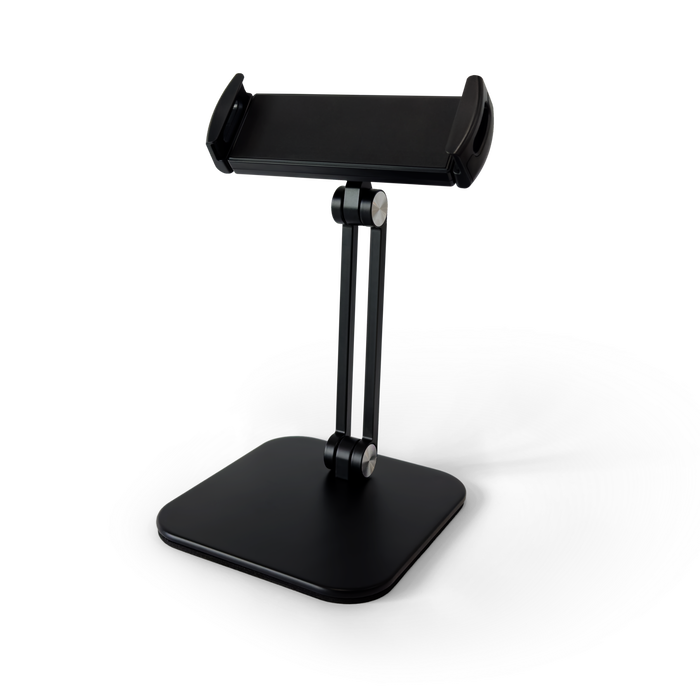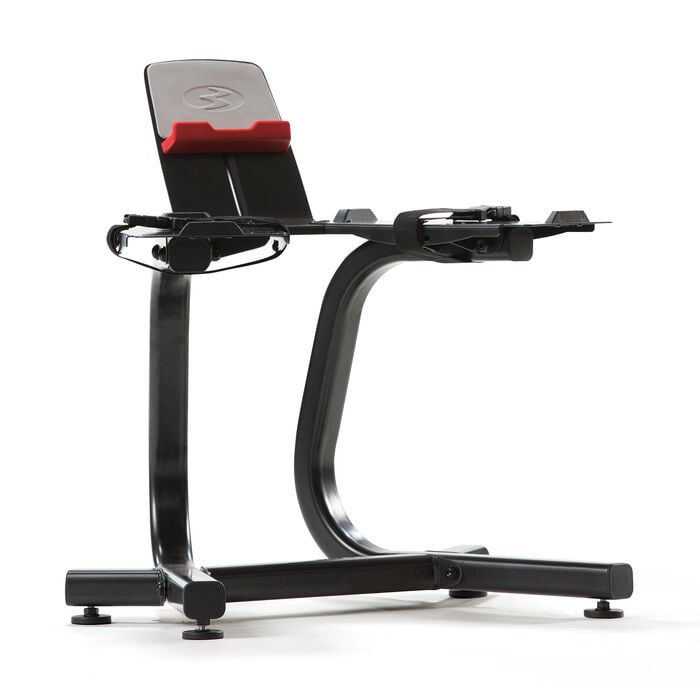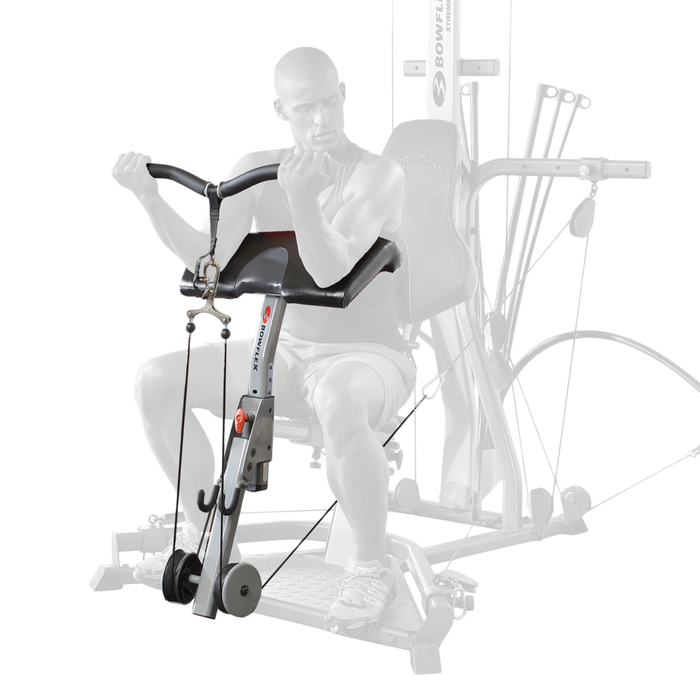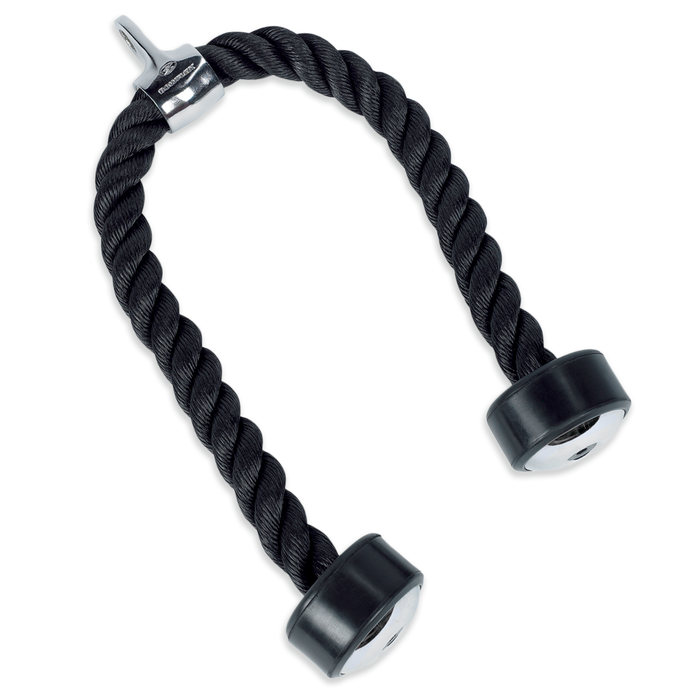How to Start – and Keep on – Running

Love it or hate it, cardiovascular conditioning is essential to overall health. It's also a major factor in physical fitness and athletic performance. Even still, running – as cardiovascular conditioning – has gotten a bad reputation. Some think going for a run is boring. Others think worst case, running is considered a punishment. A form of exercise we undertake because we have to, not because we want to. In reality, running isn't the problem. The real issue is how we approach and execute a run-focused workout routine.
Typically, with respect to running, we lace up our fancy new sneakers and set out on an endless endeavor. We're going to put one foot in front of the other until we can't. Until our body breaks down and we're too tired to go on. It's a test of endurance. Or persistence. And pain.
No! It doesn't have to be this way. Not all runners are marathoners. You can run, without running very far. More isn't always better. Even if you want to run a marathon, that's still the case. It's best to build a base, ramp up your workouts and then find a way to maintain your progress, while balancing your work with rest. It's the best way to start and keep a running routine going. Read on to learn how you can create a running routine of your very own.
Start building.
There's nothing wrong with walking. Whether you're a first-time runner or a seasoned vet returning from an injury, walking is a fine place to start. You'll be surprised at how much of an impact regular walking can have on your health, productivity and body composition. The best part is that this is just the start. Walk until you're ready to jog. Then alternate between walking and jogging until jogging becomes your cardio mainstay. Instead of settling for a jog, keep working until you're able to trade in the jog for a run.
Step it up.
Once you've hit your stride, literally, it's time to step up your cardio game. Look to increase the duration and frequency of your run or cardio-based workouts. Don't do too much too soon. Build up moderately by taking small steps toward moving more. If you start with two days a week, try three times a week, for at least two weeks, before moving to four a week.
The same process holds true for the length of your workouts. At first 15 minutes might seem like too much to ask, but in time, 30 minutes will feel the same way. Do what you can do, until it becomes what you could do. When it's no longer a challenge, it's time to add in speed and intensity. Hill sprints, running bleachers or wind sprints are the perfect option for helping improve your cardiovascular conditioning.
Make it last.
You've successfully gone from walking to jogging, and now running. Or maybe you discovered jogging is your sweet spot. That's great. Now your focus should be sticking to your new running routine. Try planning out your workouts in advance. Think about where you're going to run and how far. Consider the amount of time you have to commit to your workout. If you're running outdoors, prepare for the elements. The more planning you do the less likely it is that you'll miss a workout. Making your routine last is all about thinking ahead. If you're able to do that, the only thing left to do is put one foot in front of the other. Over, and over, and over again!































